
© Paul Kolnik. (Click image for larger version)
New York City Ballet
The Red Violin, Dance Odyssey, Russian Seasons
★★★✰✰
New York, David H. Koch Theater
9 February 2018
www.nycballet.com
davidhkochtheater.com
21st Century Ballets
The sole première of the winter season at New York City Ballet is one of the company’s intramural commissions, a ballet by corps-member Peter Walker called Dance Odyssey. The name comes from the music, which is by the British composer Oliver Davis. It was presented in a program along with Peter Martins’ The Red Violin and Alexei Ratmansky’s Russian Seasons, both from 2006.
Like Walker’s first work for the company, ten in seven, which premiered in 2016, Dance Odyssey shows a lot of promise. It has warmth and humor, a good grasp of stage geometry, and a sensitive musicality. The partnering, too, is skillful. The cast of twelve, clad in Marc Happel’s sporty bathing suits and unitards, in shades of blue and lilac, looked energized by the choreography, which is well tailored to its skill set: speed, crispness of attack, quick changes of direction. The music is pleasing if conventional, with repeating ostinatos that sustain momentum as well as faint echoes of Copland, particularly Rodeo.

© Paul Kolnik. (Click image for larger version)
Walker uses the unstoppable Tiler Peck in the same way that many choreographers tend to: he has her execute a blinding array of quick, composite steps that send her flying in every direction at once. Later, she dances a quiet pas de deux with Zachary Catazaro, whose confidence as a partner is finally growing. There is a playful duet for two men, danced here by Devin Alberda and Sabstian Villarini-Velez, replacing an injured Anthony Huxley. At one point, Alberda does the moonwalk, getting a big laugh from the audience. Ashley Laracey, a poetic and delicate dancer, gets a lyrical pas de deux with Peter Walker (replacing Adrian Danchig-Waring), for which she dons a gauzy skirt. Twice, she embraces her partner and carefully lowers him to the ground, then leans against his raised foot, floating momentarily in this tilted, off-kilter pose. It’s not clear what the move is meant to signify, if anything, but it suggests interdependence, trust, and a willingness on the part of the man to play by the woman’s rules.
It’s a nice ballet – maybe a bit too nice, too eager to please. At several points, the dancers come together in static formations, a decorative touch that has become popular among the younger NYCB choreographers, and which is starting to look mannered and arbitrary rather than original. But Walker is young and has a seemingly natural talent for creating attractive, well-constructed ballets. I wouldn’t be surprised if he started to receive outside commissions sooner rather than later.

© Paul Kolnik. (Click image for larger version)
I guess it says something about The Red Violin that I have no memory of its première, even though it took place just one month before that of Russian Seasons, which is seared in my brain. The two pieces couldn’t be more different. The Martins is ponderous, emotionally distant, and seems to exist mainly as a vehicle to explore heavy-handed partnering technique. The music, a violin concerto by American composer John Corigliano, is also on the heavy side, and not particularly dance-friendly. Notable too is how the dancers, who are presented as remote, godly beings, appear to exist in a void, disconnected from the audience and from each other. The women are, lifted, twisted, placed on the floor in awkward positions – in a back bend on one knee or perched on two points – that they can only get out of with the help of a male dancer. The men grip the women’s thighs or the fleshy part of their upper arm – the opposite of Balanchine’s ceremonious offering of the hand.

© Paul Kolnik. (Click image for larger version)
Despite all this, the dancers perform the ballet with glamor and poise; Unity Phelan, with her long limbs and impressive suppleness, is especially luscious, and Zachary Catazaro and Chase Finlay are more than up to its partnering challenges. They all look very handsome in the process. But Red Violin gives little pleasure – one can’t help but feel that it is an example of ballet at its most sexist.
In contrast, Ratmansky’s Russian Seasons, which is being performed this season by a mostly new cast, brims with life. It has no overt story but is filled with sometimes absurd, or magical, or perfectly straightforward fragments of story. The music, a suite based on Russian folk melodies for string orchestra and soprano, by Leonid Desyatnikov, is equally vivid, with hints of folk dance, medieval troubadour music, Orthodox church ritual. Some of the sections include text, sung or chanted by a soprano. (There are allusions to Agon in the musical structure, and in the use of earlier styles of music.) Russian Seasons was the first work Ratmansky made for New York City Ballet, and only the second for an American company; with its premiere, it became immediately clear that an important new voice had appeared on the scene.(*)

© Paul Kolnik. (Click image for larger version)
Twelve dancers populate this small world, a place where a young men run in great loping leaps, as if across a field of grain; a woman mourns a loss, as couples dance around her, sympathetic but afraid; another woman wanders, caught in a dream in which three male spirits taunt and caress her, or block her path, or form a ladder for her to climb heavenward. (The Russian text here says: “I went off to heaven, but I did not go in.”) A woman in red fights desperately against some great injustice, as three women stomp around her, oblivious to her despair. There is much here for the audience to decipher and explore.
The cast threw itself into the grounded, sharply-edged, syncopated movement. Megan Fairchild, never more vivid than in Ratmansky’s work, was vulnerable and lost in one scene, sharp and malevolent in the next. Taylor Stanley seemed able to transition from the air to the earth and back again without any hint of strain or hesitation, like a shape-shifter. Emilie Gerrity raged convincingly, without sacrificing the sharpness of the steps that underpin her solo. In another debut for Unity Phelan, she performed the sorrowful role originally created by Wendy Whelan with quiet power and great beauty of line. Her miming of “tears” could use some work, though.
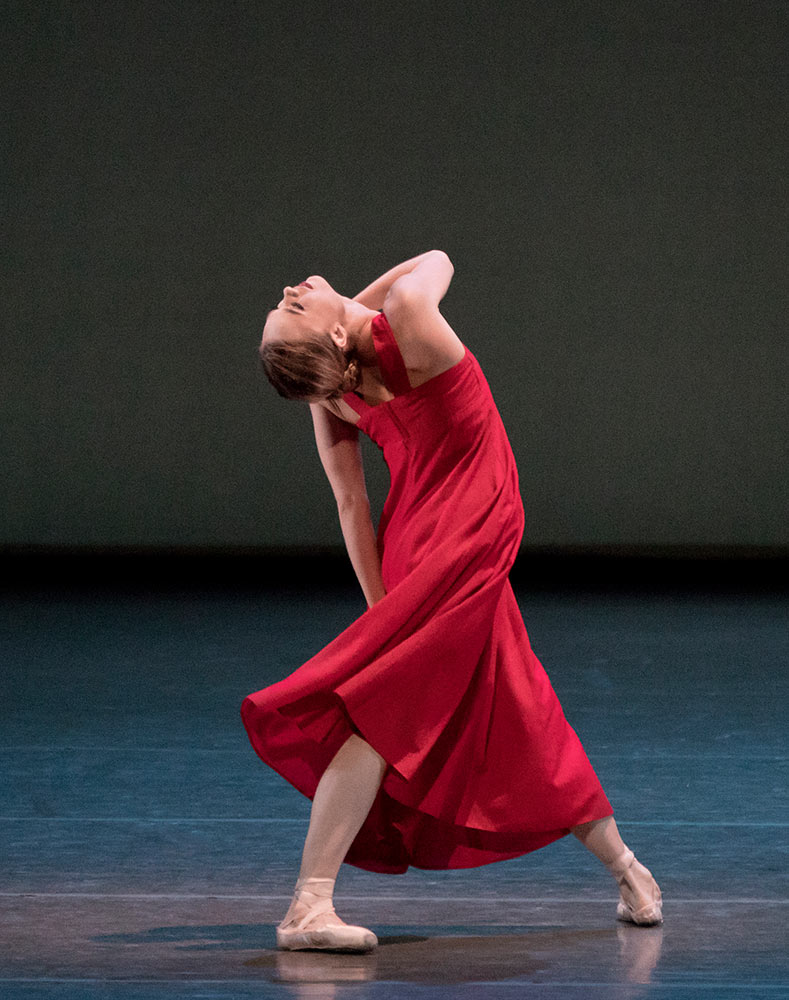
© Paul Kolnik. (Click image for larger version)
The singing, by Veronica Mitina, was expressive and fine, but the orchestra sounded thin and lacked the rhythmic attack that might have pushed the ballet to a higher level of intensity. But Russian Seasons is a keeper, a ballet that elevates the company and turns the dancers into interesting and expressive artists, not just beauteous athletes. Contemporary ballet needs more of these.
(*) Red Seasons may well be the reason I decided to follow Ratmansky’s career closely, and why I’m now writing a book about him.













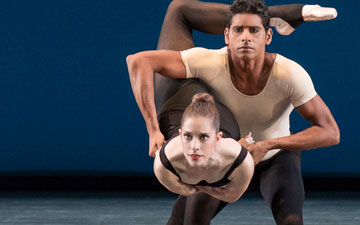
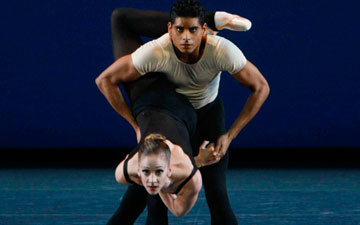
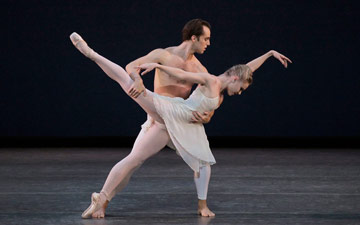
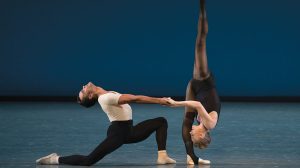
You must be logged in to post a comment.